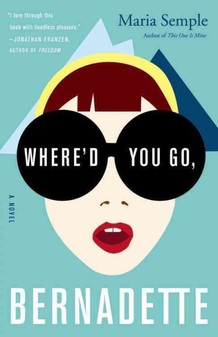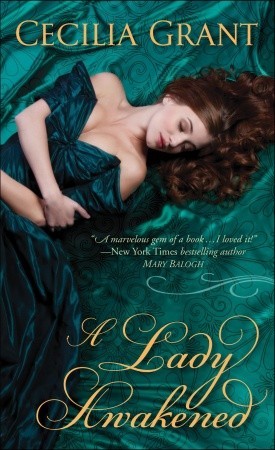I always love Jane Austen week here! (And not just because it reminds me that my mom’s birthday is also December 16 and I need to remember to get her a gift…) It gives me a chance to revisit these books that mean so much to me, and maybe do a little re-reading and reminiscing.
My “first” was Emma. I found an old, yellowed paperback copy at my grandmother’s house, it had a girl in a pretty dress on the cover so I decided to give it a try. I had already read some Heyer and a few Barbara Cartlands, so I knew a little about the Regency period (enough to know I loved it and wanted to live in that world, though not at that point much “real” history). I love, love, loved the story, and immediately ran to the library to find the rest of the Austen novels, plus a bio! I was amazed to find out the author had been dead over 200 years and wasn’t a writer working right then, her characters seemed so real and vivid to me. Some of their concerns were different from mine (marrying asap and to the right man, since there is no other choice!), some I could relate to (parents can be sooo annoying!), but the characters at their core seemed like people I knew and wanted to spend time with, and that has never changed.
 Last night I went to a jazz concert, and listened to a 15-minute version of a song I love (“Take the A Train”), and heard things in it I never had before, and realized Austen has much in common with this other love of mine, jazz music. There are always variations on a theme in Austen, things that keep popping up on re-reading that I never saw before, things that resonate with me at different ages, and that means her books always repay revisiting. That’s her rare genius. And since I’m getting ready to get married on Saturday (a core concern of all Austen characters!) I am thinking I need to re-read some Pride & Prejudice or Persuasion to make sure I’m ready…
Last night I went to a jazz concert, and listened to a 15-minute version of a song I love (“Take the A Train”), and heard things in it I never had before, and realized Austen has much in common with this other love of mine, jazz music. There are always variations on a theme in Austen, things that keep popping up on re-reading that I never saw before, things that resonate with me at different ages, and that means her books always repay revisiting. That’s her rare genius. And since I’m getting ready to get married on Saturday (a core concern of all Austen characters!) I am thinking I need to re-read some Pride & Prejudice or Persuasion to make sure I’m ready…
All commenters on today’s blog get put in the drawing for our grand prize (a $50 Amazon giftcard!), but I am also giving away an adorable Jane Austen puzzle! It would make a great holiday gift if you have an Austen fan in your life (or a great gift to yourself!). How did you get hooked on Austen? What was your “first”? (You never forget your first!!)




